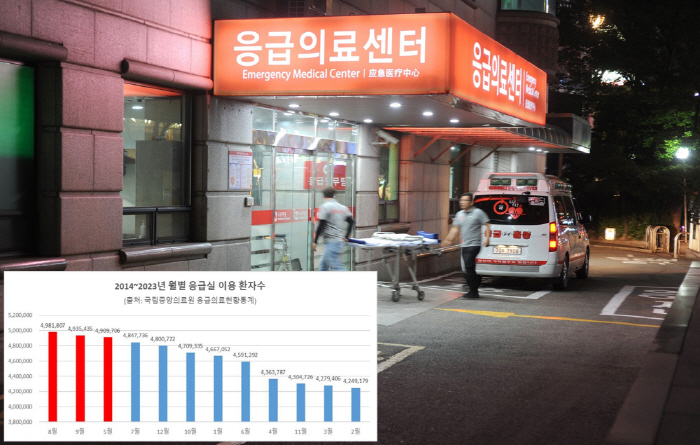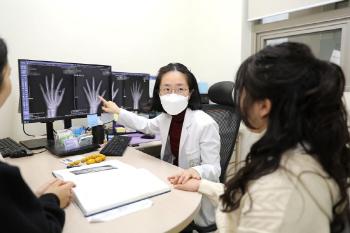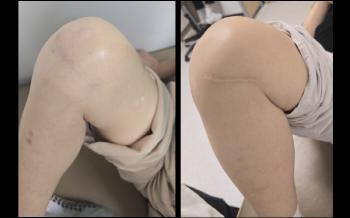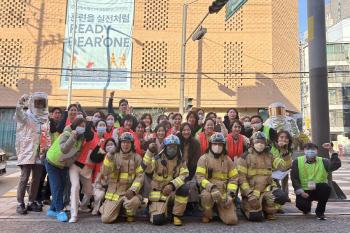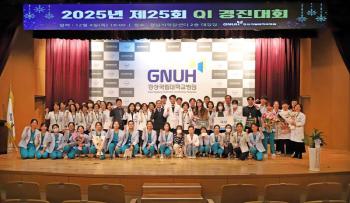The highest number of emergency room patients in August...Watch out for heat diseases such as sunstroke and heatstroke
|
According to a monthly check of the number of emergency room users in the last 10 years, August had the highest number of patients at 4.98 million, 1,807, followed by September with 4.93 million, 535 and May with 4.90 million, followed by August, September, and May.
Kim Young-sik, director of the emergency medical center at Bundang Jesaeng Hospital, said "In fact, there are many patients who are transferred to emergency medical centers in summer. In particular, peaks are recorded in August and September, which are linked to high temperatures. On hot days when the temperature exceeds 30℃, the number of patients such as heat diseases, heatstroke, acute enteritis, and dehydration increases, and there are many traumatic accidents such as traffic accidents and fractures due to the movement of family units during vacation and vacation season.
Weather factors such as precipitation and temperature have a great influence on disease occurrence. In summer, when the temperature is high, the number of patients increases due to accidents or diseases that occur as people's activity increases. In particular, the incidence of heat diseases caused by heat waves is high in summer, and caution is needed because sunstroke and heat stroke may progress.
Kim Young-sik, director of the Department of Emergency Medicine, said "Thermal disease is an acute disease that occurs when exposed to a hot environment for a long time, and typically there are sunstroke and heatstroke, which occurs when sufficient moisture is not replenished in a high-temperature environment, and you sweat a lot." Symptoms include headache, dizziness, vomiting, and fainting. Heatstroke is exposed to high temperatures that cause the center of body temperature control to lose its function, resulting in a high fever of 40℃ or higher, a change of consciousness, stopping sweat, and seizures. Hallucinations, comatose conditions, etc. may appear. Heatstroke may be at risk of central nervous system abnormalities and multiple organ damage and death, so you should immediately take measures to lower your body temperature and report it to 119" he advised
Director Kim Young-sik added, `Three things are important to prevent heat diseases: first, drinking enough water, second, avoiding outdoor work or exercise as much as possible during the hottest hours, and third, reducing heat absorption by using appropriate clothes and shade.'
In order to prevent heat diseases in the hot summer heat wave, it is important to drink water frequently on a regular basis even if you are not thirsty and to replenish electrolytes through ion drinks. It is essential to avoid activities such as outdoor work or exercise as much as possible from 12 p.m. to 5 p.m., relax in a cool place, wear loose, light-colored clothes, wear a hat when going out, or use shade to reduce heat absorption. If symptoms of a heat illness suddenly appear, you should immediately move to a cool place to lower your body temperature and drink enough water, and the elderly and chronically ill should be extra careful.
|
This article was translated by Naver AI translator.
